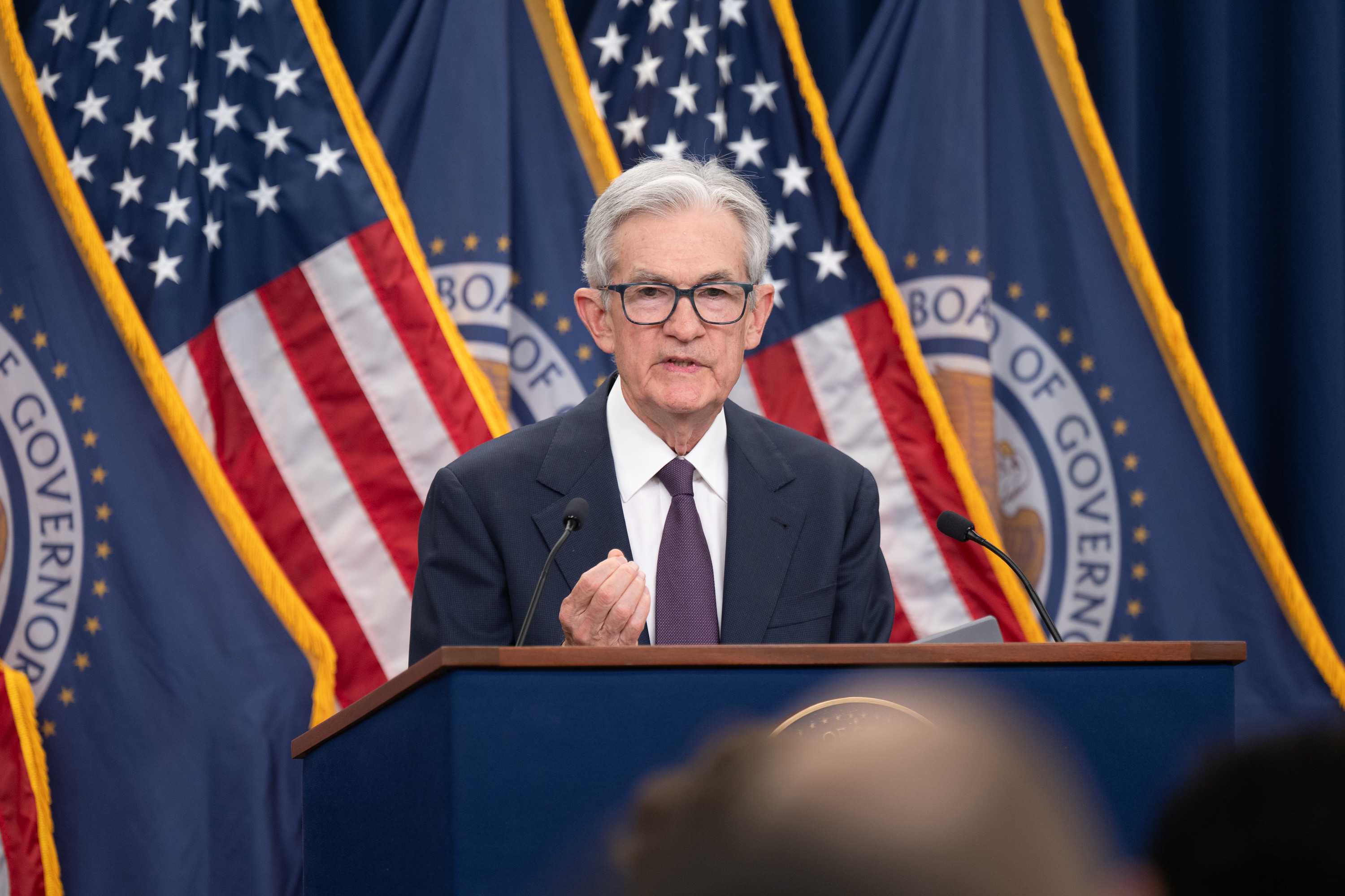When it comes to the S&P 500 (^GSPC 0.03%), not all stocks are created equal. Aside from the obvious fact that the index includes only 500 stocks from the thousands traded in the public markets, even the chosen few are treated disparately. Unlike the Dow Jones Industrial Average, which weights its component stocks by share price -- a particularly capricious measure -- the broader S&P 500 uses market cap. That is, the larger the market cap, the bigger the influence on the index.
It should be no surprise, in turn, that Apple (AAPL 0.19%) is the single most important index on the component. While its market cap has come down considerably over the past six months, even temporarily dipping below ExxonMobil's (XOM 0.09%) a few weeks ago, it's still the largest company in the United States. At the close of markets on Friday, the figure came in at $434 billion, comfortably beating out Exxon's $400 billion and almost equal to the combined market caps of the next two largest companies, General Electric (GE 0.46%) and Chevron (CVX 0.27%).
These differences in size translate directly into relative weightings on the S&P 500. As the largest company, Apple garners the most weight, accounting for 3.06% of the aggregated total. Exxon comes next at 2.85%, followed by General Electric and Chevron at 1.75% and 1.69%, respectively. Merely for the purpose of calibrating our perspective here, if the index applied an equal weighting system, each of these companies would account for only 0.2% of the index. It's accordingly easy to see how Apple's size allows it to throw its weight around.
So it's not just Apple investors who should be hoping the company's board approves a dividend increase in the near future. Assuming it does so (and most believe it will), and assuming the move pushes up the stock price (which also seems to follow logically), then the proverbial proceeds will be felt by all, in light of Apple's inordinate presence on the most followed index in the world.










